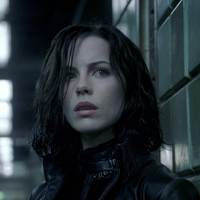
British Actress Blog
The top 10 British Actress movies

The top 10 British Actress movies
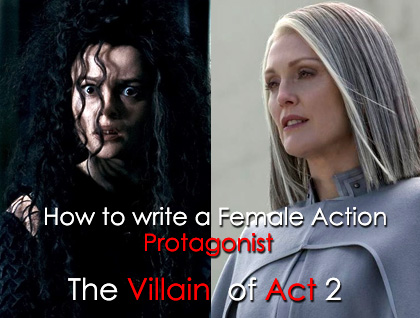
Warning Spoilers Ahead!
Review: The trials and tribulations. Act 2 presents our protagonist with obstacle after obstacle. This act is the challenge. At some point the screen play will make the story seem as though the main protagonist may not be able to complete their objective. This is usually writing into the story as a way of increasing the tension and drama of the story. When Luke Skywalker’s hand was cut off by Darth Vader in The Empire Strikes Back (1980), we the audience seeing this for the first time became worried for Luke. Obviously Luke, the main protagonist, will not die or the story would be over ( Unless your George R.R. Martin ‘Game of Thrones, Eddard Stark’). Luke had to face his challenge and failed. In order for Luke to complete his objective, he had to change more. Like Yoda said ‘You are reckless’. If the original Star Wars movies were acts, The Empire Strikes Back would be act 2, why? The movie challenges the characters. The fun is watching the protagonist think things though in a deferent way in order to complete their objective. This is where the journey really starts to take place.
Not Good Enough:
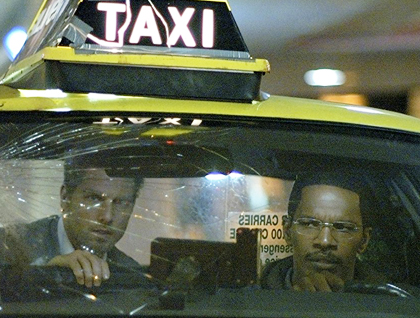
Again, the gate keeper of the protagonist’s dreams are the mentors and they require that the protagonist change into the kind of person that could accomplish their goals. A superb film that targets this Collateral (2004). Vincent ( Tom Cruise ) reprimands Max ( Jamie Foxx ) for only dreaming about owning his own limousine company but not acting on what he really needs to do to make his dream come true. Max needed to change. He needed to stop being the kind of guy who ‘plays it safe’ and starts taking risks, realize that life is too short, and that he himself is the only one stopping himself from being who he could really be, a successful business owner. In order for Nina Sayers to be ‘perfect’ she must learn how to change herself from a typical and forgettable dancer into a truly great ballet dancer. Her personality as a White Swan is not enough for the mentor Thomas ( Vincent Cassel ). She must change into the personification of the Black Swan. In the movie Ballet Shoes (2007) Pauline ( Emma Watson ) is confronted by her movie director for her poor performance. She tries to defend herself by telling him that she is a theater actress and that she must build up her character over time. He counters this idea by telling her that she must think about something that she cares about in real life and transfer those emotions into the scene of the film. Pauline then summons her real life emotions of her family while acting out the scene in the film and nails the part. Pauline had to change the way she went about acting in motion picture film compared to how she performs in theater acting. The main protagonist has to become someone else. Becoming the personification of their dreams. But being the way they are now is not good enough.
The Threat of Replacement:
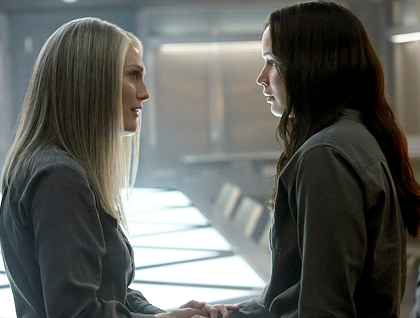
A way that the mentor may push the main protagonist further is to threaten to replace them. At some point the mentor may act as though they are no longer interested in teaching the main protagonist. This is really more of a social engineering tool used to force the protagonist into shaping up and staying focused on the task ahead. If the protagonist does not keep up with the standards and demands of the mentor, they may be replaced. An understudy is the other reason for the mentor to have a rival brought in for the protagonist. In the movie Black Swan (2010), Nina descends into madness. She is late for her ballet rehearsals, her personality is hostile, and she isolates hersself from every one else in the ballet. At some point Nina mentally breaks down and when that happens, Lily takes her place as the main dancer in the ballet. This highly offends Nina when she sees Lily dancing the Black Swan, but this also pushes Nina into doing much better in the ballet in order to take back the number one spot and keep it.
A Rival:
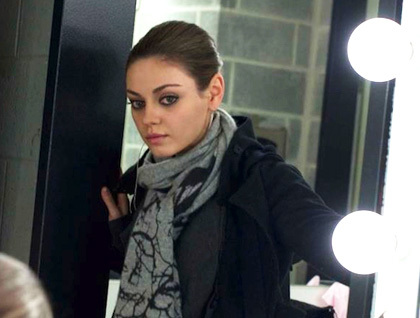
The rival character may or may not be a villain. In this case we will look at idea of ‘competition’ rather than conflict. Lily ( Mila Kunis ) is the rival of Nina. She is a threat to everything Nina is working so hard for. Thomas chooses Lily as an understudy for the ballet. This story line is interesting because the key to Nina becoming the Black Swan is to absorb Lily’s character in order to become the person she needs to be. Competition brings out the best in us and sometimes the worst. Seeing how the main protagonist handles the rival character is apart of the journey. Will Nina, our main protagonist become adversarial? Will she become friendly? This helps the audience to understand how the protagonist handles the stress of competition. It lets us dig deeper into the psychology of our protagonist.
A Villain:
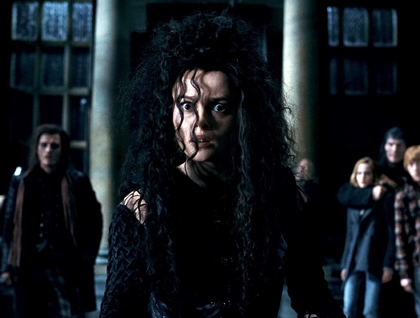
The antagonist usually dominates act 2. The villain keeps the audience interested in the story and prevents the audience from getting bored. This is extremely evident in the movie The Dark Knight (2008). So this depends on the kind of screen play your writing. As we can see from the movie Black Swan, there is no actual villain only a rival. If you do take the path of writing a villain, this is where the real fun begins. A character like Darth Maul is the direct adversary of Obi Wan, like the Joker to Batman, the Emperor to Luke Skywalker, and so on. The villain is critically important to a good story. Why? The villain uses conflict to push the plot forward. We get to see what the main protagonist is made of. The villain can challenge the protagonist in such a crucial way that a simple rival can not. The villain should be extremely potent at attacking the weaknesses of the protagonist. One of my favorite villains is Bellatrix Lestrange. Why? She is extremely ‘potent’ in destroying something or someone that Harry Potter cares about. She kills Sirius Black and taunts Harry about it. She tortures Hermione Granger and marks her with her knife. She kills Dobby the elf for helping Harry and his friends escape. Usually when she shows up on screen, the plot moves forward. Harry Potter is not a murder and Bellatrix knows it. Harry had a chance to kill Bellatrix right after she killed Sirius Black but Harry could not do it. It is not who he is.
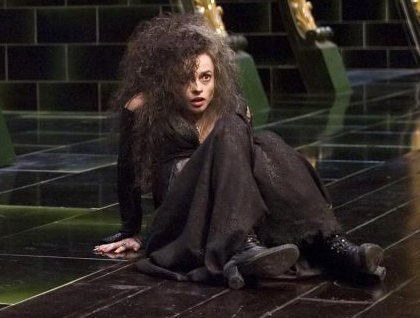
On a psychological level, this makes Harry feel weak. It bothers him that he could not stop her and that she will not stop her nefarious behavior. The Art of War by Sun Tzu says to attack the enemy general’s mind and Bellatrix does this very well. She even used Harry’s confliction and emotions to give Lord Voldemort the time he needed to materialize physically in the movie Harry Potter and the Order of the Phoenix (2007). The villain has the high ground. One way to make the villain more powerful is for the villain to be able to push the protagonist where she or he wants the protagonist to go. In the movie The Empire Strikes Back, Darth Vader does this physically by maneuvering Luke to the edge of the platform in the lightsaber battle and then cutting off Luke’s hand. Vader says ‘There is no escape’. This is more than symbolic. Many times we see villains forcing the hero to choose who lives and who dies. For Batman in The Dark Knight the choice was Rachel Dawes or Harvey Dent but the with a twist. Social engineering as a powerful tool. Some villains truly understand the world we live in and use this top mentally attack the protagonist. In the movie Harry Potter and the Half-Blood Prince (2009) Bellatrix Lestrange taunts Harry Potter and causes Harry to chase her.
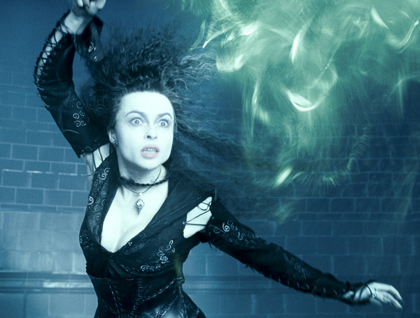
Harry runs out of the Weasley house and into the field outside right into her trap. Setting up a trap to kill, frame, surround, or test the main protagonist is something that is very common in movies. What is the end game. What is the villain fighting for and what is the protagonist fighting for. Interestingly enough, Alma Coin is fighting for a similar goal as Katniss in The Hunger Games Mockingjay Part-2 (2015). The deference is what they want when they accomplish their goal. Alma Coin is basically the same person as Snow, highly nefarious or two side of the same ‘coin‘. The villain sometimes sees the world for what it really is. The hero wants justice and peace while the villain knows that humans are more like a war species that wants conflict. In the Dark Knight the Joker speaks to Harvey Dent and tells him about the world saying ’Its all apart of the plan’. So many times the villains in the Fear the Walking Dead series will say something to the effect of ‘embrace the madness’ or ‘this is the way thing are know’, while the heroes want to make the world better. Another technique is to make the villain visually appealing in some way. They may be rich and living an extravagant life that the audience may would want to live. They may be highly attractive and even seductive. The villain may be unique and deferent in some kind of artistic way.
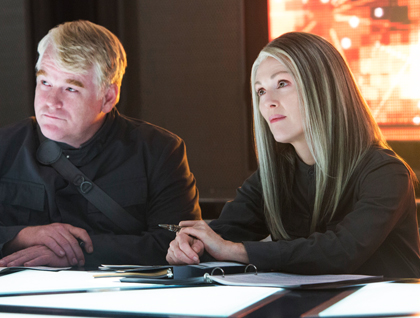
The old way of making villains have definitely changed. We don’t usually see J.R.R. Tolkien’s style of villains in media anymore. The villains in today’s media are conventionally attractive while Tolkien usually made villains with the face only a mother can love. Damon from The Vampire Diaries, Alma Coin in the Hunger Games, Hela in Thor: Ragnarok (2017), Bellatrix Lestrange in the Harry Potter movies, Harley Quinn in Suicide Squad (2016), Morgana Pendragon in the Merlin series BBC, Morgan in the Camelot Series STARZ network, and so on. Why is this? Star quality? People wanting to see attractive celebrities on the big screen, TV, and media in general? All of the above? One main reason is because the audience will connect with the villain because they seem more interesting. The audience will ask the question ‘who is this?’. This helps keeps the audience from getting bored with what they are seeing on the screen. Bottom line is that no one and nothing will challenge the protagonist better than a good villain. As we can see from the Dark Knight, a good villain can really help bring out the best in a screen play.
Change:
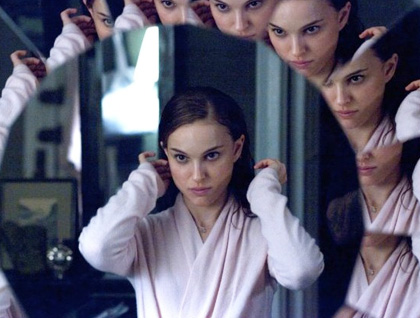
Luke Skywalker is not the same young man he used to be on the moisture on farm Tatooine. He has changed since A New Hope (1977). Katniss has changed since the first Hunger Games, and Nina has changed from when she was just the White Swan. The mentor sees the potential in the protagonist but the protagonist is not the person they need to be in order to complete their goals. The characters must change or ‘pay off’ their efforts. In act 2 we see the protagonist being challenged in every way and that causes the change that we see in that character. The full change will be seen in act 3 or 4 of the screen play. This is the process of dynamic changing and progression of the story narrative that creates the change that we see adding to the adventure. Reckless Abandon. Some protagonists tent to go crazy like Nina Sayers in Black Swan. Others like Bruce Wayne ‘endure’. Bruce survives and over comes his adversary. Luke Sky Walker, for the most part, survives his attackers with the help of others and finds away to win. For Nina, she ruins the relation ships around her, her personality is beyond nuts, and she becomes highly obsessive. If the main protagonist keeps this up, she will eventually have a mental breakdown. This causes the audience to wonder if the protagonist can complete their objective. This adds to the drama of the story. The character that has true grit. Seeing the main protagonist rise up and chose to complete the objective no matter what is in their way can get the audience respect the main protagonist by earning that respect. We see this with Batman in the Dark Knight when he fights the Joker. Batman fires his gauntlet weapons at the Joker, throws him off the edge of a platform, uses the grappling gun to catch the Joker, listens to the Joker’s plan, saves director Gordon’s son, and takes the blame for Harvey Dent. The main protagonist has true grit. Back to act 2.
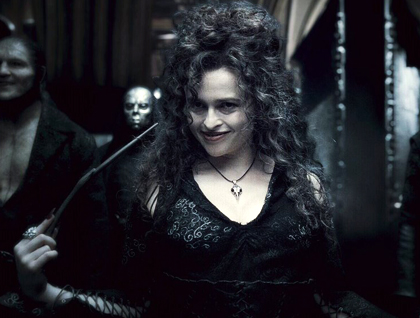
Conclusion: Act 2 is about the real challenge of the protagonist. We learn what they are really made of. This is where we see a lot of drama. A rival, villain, a challenge, and or descent into madness will help bring out the most drama in a screen play. Next we will go into act 3 and how the stakes must be high for our main protagonist. The pay off of all the hard work for our main protagonist.
How to write a Female Action Protagonist Part-1
How to write a Female Action Protagonist Part-2
How to write a Female Action Protagonist Part-3
How to write a Female Action Protagonist Part-4
How to write a Female Action Protagonist Part-5
Kate Beckinsale - Profile
Kate Beckinsale - Recent Posts
Emillia Clarke - Profile
Emillia Clarke - Recent Posts
Felicity Jones - Profile
Felicity Jones - Recent Posts
Emma Watson - Profile
Emma Watson - Recent Posts
Maisie Williams - Profile
Maisie Williams - Recent Posts
Daisy Ridley - Profile
Daisy Ridley - Recent Posts
Rachel Weisz - Profile
Rachel Weisz - Recent Posts
Lena Headey - Profile
Lena Headey - Recent Posts
Sophie Turner - Profile
Sophie Turner - Recent Posts
Natalie Dormer - Profile
Natalie Dormer - Recent Posts
This blog focuses on the top ten British actresses of today. Showing our appreciation for all of the wonderful hard work these incredible women do to entertain us with their truly magnificent art.